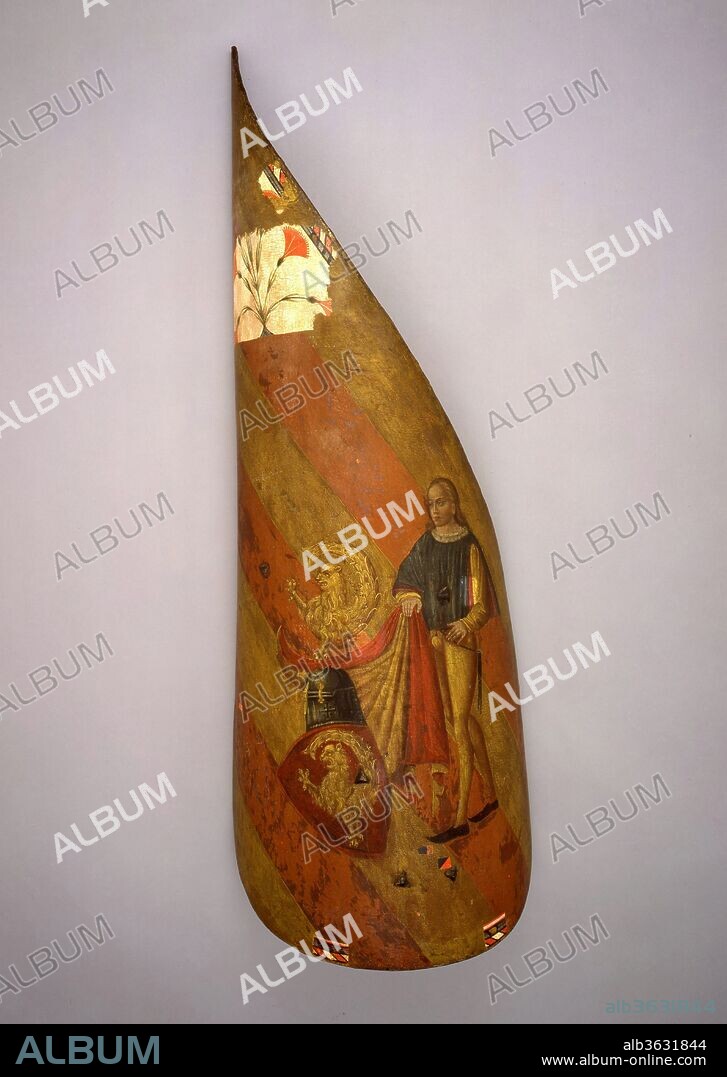alb3631844
Hungarian-Style Shield

|
Añadir a otro lightbox |
|
Añadir a otro lightbox |



¿Ya tienes cuenta? Iniciar sesión
¿No tienes cuenta? Regístrate
Compra esta imagen

Título:
Hungarian-Style Shield
Descripción:
Ver traducción automática
Hungarian-Style Shield. Culture: Eastern European. Dimensions: H. 50 in. (127 cm); W. 20 in. (50.8 cm). Date: ca. 1500-1550.
This wing-shaped shield and others like it in the Metropolitan Museum's collection (42.50.30, 49.57.1), with the distinctive upward-sweeping back edge, were the characteristic light-cavalry shields of Hungary. During the sixteenth century, the style was adopted across much of eastern Europe by both Christian and Islamic horsemen. The shield's elongated upper edge was designed to defend the back of the head and neck against cuts from a saber, the preferred cavalry weapon in that region.
Técnica/material:
Wood, leather, gesso, polychromy
Museo:
Metropolitan Museum of Art, New York, USA
Localización:
Europa
Crédito:
Album / Metropolitan Museum of Art, NY
Autorizaciones:
Modelo: No - Propiedad: No
¿Preguntas relacionadas con los derechos?
¿Preguntas relacionadas con los derechos?
Tamaño imagen:
2777 x 3914 px | 31.1 MB
Tamaño impresión:
23.5 x 33.1 cm | 9.3 x 13.0 in (300 dpi)
Palabras clave:
 Pinterest
Pinterest Twitter
Twitter Facebook
Facebook Copiar enlace
Copiar enlace Email
Email
